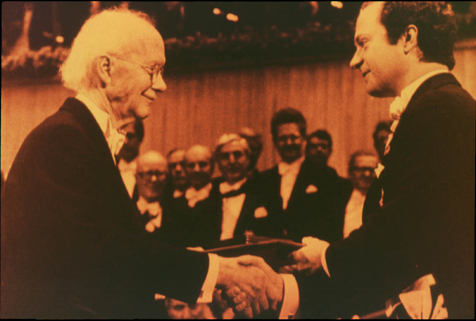
Faculty Research 1980 - 1989
Benzo[a]pyrene--DNA adduct formation in target cells in a cell-mediated mutation assay.
Document Type
Article
Publication Date
1982
Keywords
Benzopyrenes: me, Binding-Sites, Biotransformation, Cell-Line, Cell-Separation, Cricetulus, Deoxyguanosine: me, DNA: me, Embryo, Hamsters, Isomerism, Lung, Mesocricetus, Mutagenicity-Tests: mt, Mutagens: me, SUPPORT-NON-U-S-GOVT, SUPPORT-U-S-GOVT-P-H-S
First Page
1317
Last Page
1320
JAX Source
Carcinogenesis 1982;3(11):1317-20
Grant
CA30234, CA21778, CA30446
Abstract
In order to analyze the adducts formed in V79 Chinese hamster target cells in a Syrian hamster embryo (HE) cell-mediated mutation assay, a procedure was developed in which the HE cells are differentially killed when the mixed cell suspension is treated with antiserum to Syrian HE cells and complement. The V79 cell suspension, separated from lysed HE cells by gradient centrifugation, is greater than 90% HE cell-free. When the carcinogen--DNA interaction products formed in these two cell types were analyzed after exposure to [3H]benzo[a]pyrene (B[a]P) for 24 h under the conditions of a cell-mediated mutation assay, the major B[a]P--DNA adducts in both cell types resulted from reaction of the anti and syn isomers of B[a]P-7,8-diol-9,10-epoxide with DNA. The amount of B[a]P bound/mg DNA in the target cells was only 30% less than in the activator cells, and the relative proportions of the adducts of the syn and anti isomers were similar in the two cell types. The target cells, which do not metabolize B[a]P, were also unable to metabolically activate B[a]P-7,8-diol to DNA-binding metabolites. Thus, the transfer of activated B[a]P metabolites from activator cells to the DNA of target cells is a relatively efficient process that appears to be independent of the relative reactivity of specific metabolites with cellular nucleophiles. The immunological cell separation procedure we describe can be adapted to the analysis of carcinogen--cell interaction products formed in cell-mediated assays in which other types of activator and target cells are used to measure either mutation or another biological endpoint.
Recommended Citation
Sebti SM,
Baird WM,
Knowles BB,
Diamond L.
Benzo[a]pyrene--DNA adduct formation in target cells in a cell-mediated mutation assay. Carcinogenesis 1982;3(11):1317-20

